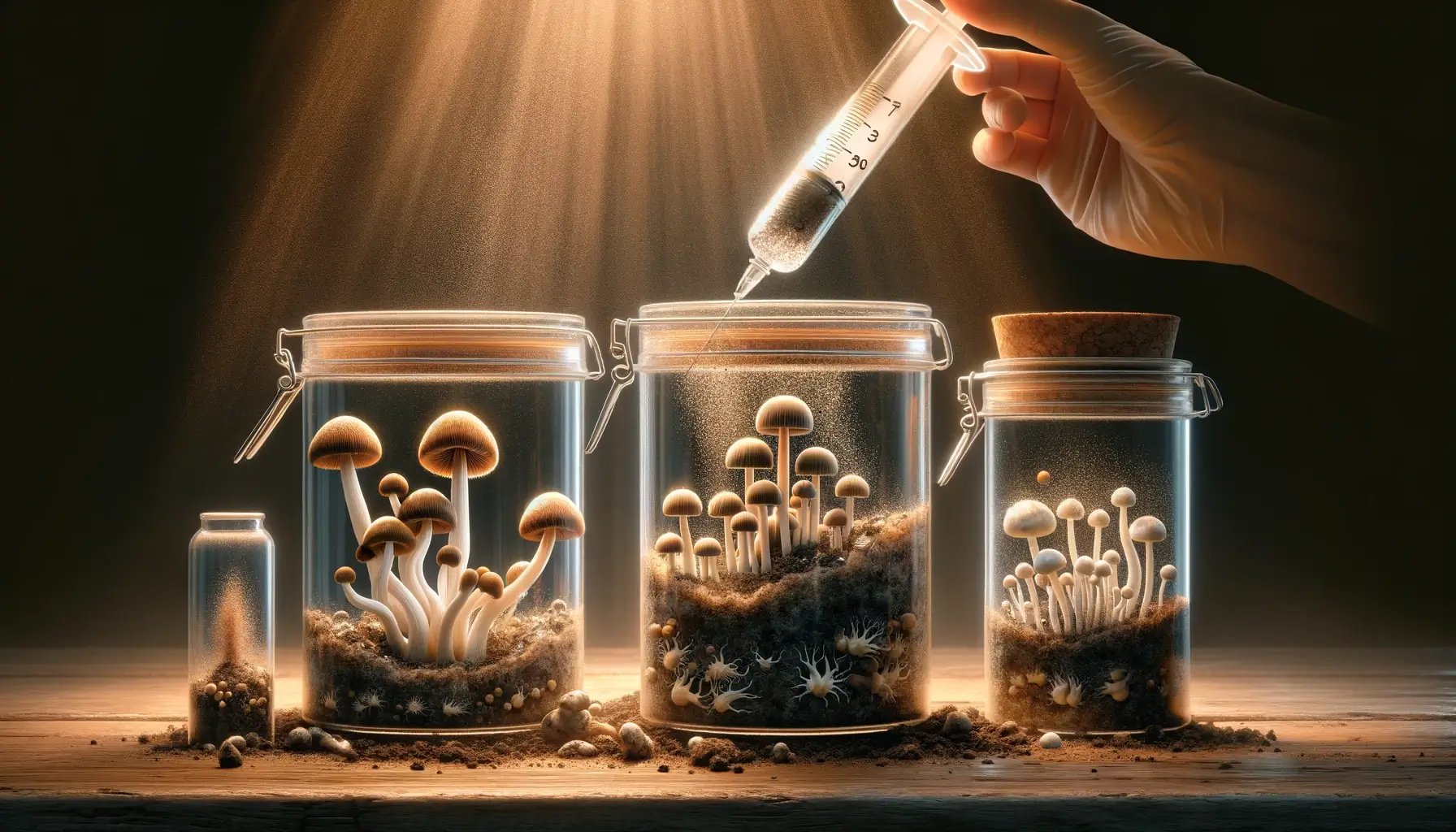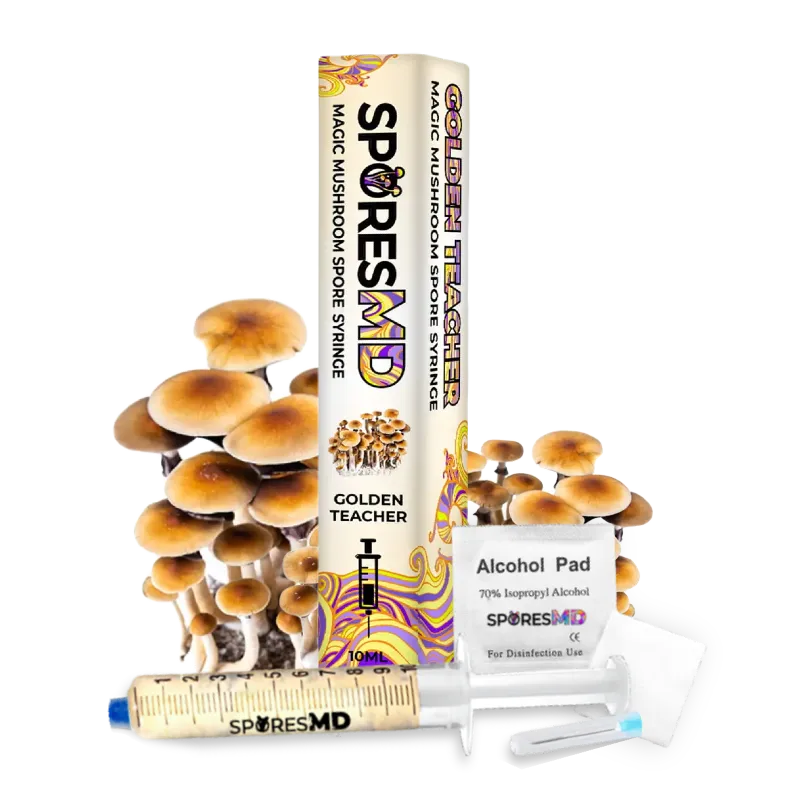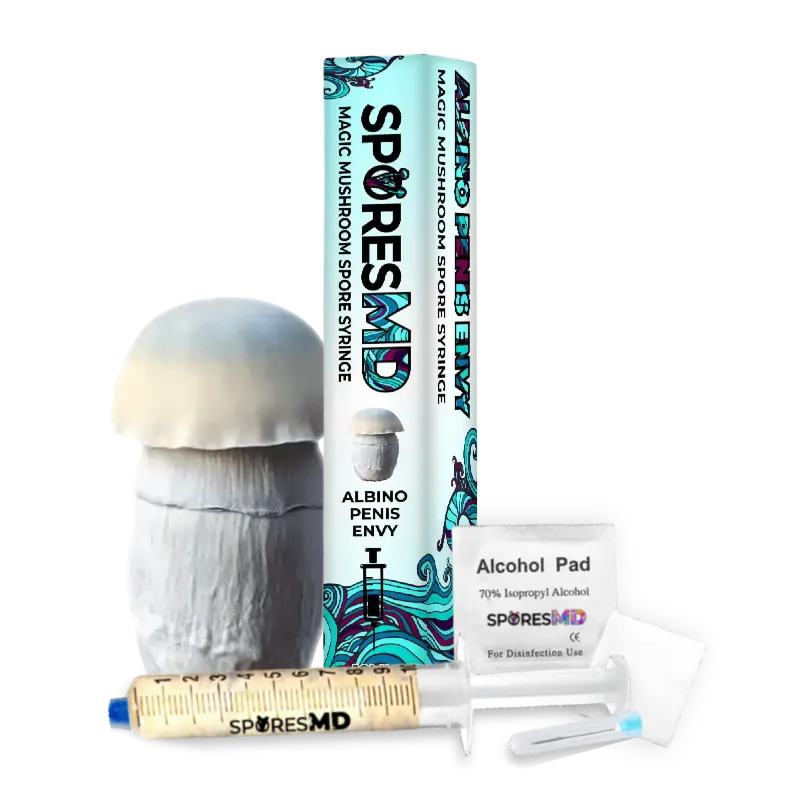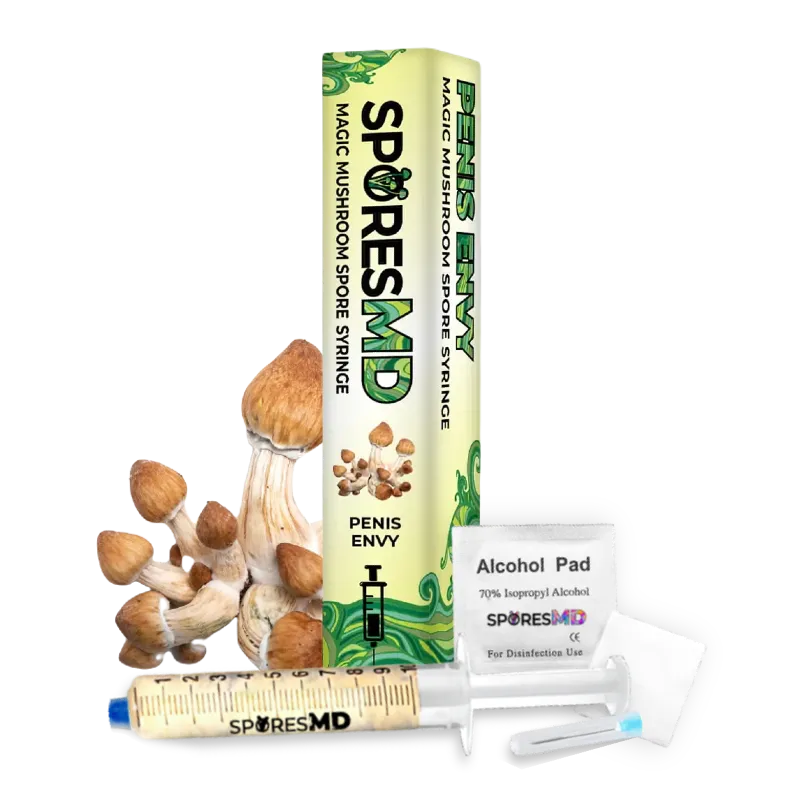In the world of mycology, learning how to germinate mushroom spores is a fundamental skill for anyone looking to cultivate their own mushrooms. The process, while straightforward, requires attention to detail, cleanliness, and patience. Understanding the key steps and what each entails can greatly increase your chances of success. Here’s a guided journey through the stages of mushroom spore germination and the factors that affect it.
Preparing for Germination
Materials and Environment
One of the first steps in germinating mushroom spores is preparing the right environment and gathering necessary materials.
Materials Needed:
- Agar Petri dishes
- Mushroom spores
- Sterilized tools (e.g., scalpels, tweezers)
- Incubation chamber or mushroom grow bag
When setting up, make sure you work in a clean, possibly sterilized, area to prevent contamination.
Environment Configuration:
| Aspect | Requirement |
|---|---|
| Temperature | Warm, around 70-75°F (21-24°C) |
| Light | Dark or subdued lighting |
| Humidity | High, to prevent agar from drying out |
Ensure your setup meets these specifications to provide an optimal environment for spore germination.
Inoculating the Agar
After preparing your agar dishes, the next step is to inoculate them with mushroom spores. This is a critical step as it introduces the spores to a nutrient-rich environment where they can begin to germinate.
- Sterilize your tools before beginning.
- Carefully open the agar dish and introduce the spores onto the agar surface.
- Seal the dish to prevent contamination.
It’s important to practice aseptic techniques during inoculation to prevent introducing any unwanted bacteria or fungi.
The Germination Process
Understanding Spore Germination
Mushroom spores germinate when they are in the right conditions, turning into tiny networks called mycelium. This is the vegetative part of the fungus, essential for the mushroom’s life cycle.
Key Factors Influencing Germination:
- Moisture: The agar provides essential moisture for spores to germinate.
- Temperature: Warmth is critical, as mentioned in the environment setup.
- Darkness: While light conditions can vary depending on the species, most spores germinate well in dark or low-light conditions.
A link for further reading on spore germination times can be found here: How long does it take for mushroom spores to germinate?
Monitoring and Incubation
After inoculation, the petri dishes should be placed in an incubation area that meets the required conditions.
- Monitor the dishes daily for signs of contamination or germination.
- Expect germination to occur within a few hours to several days, depending on the species and conditions.
Taking notes on the progress can help in adjusting conditions if necessary to ensure a successful germination process.
Post-Germination Steps
Transfer to Substrate
After the spores have germinated and mycelium begins to form, the next step is transferring the mycelium to a nutritious substrate where the mushrooms can grow.
Whether you’re working with straw, hardwood sawdust, or manure, ensuring quality is key. For enthusiasts ready to take the next step in mushroom cultivation by incorporating premium spores into their process, consider exploring the variety of mushroom spore syringes available at SporesMD’s Shop.
Substrate Types:
- Straw
- Hardwood sawdust
- Manure (for specific species)
Transfer Process:
- Prepare your substrate by pasteurizing or sterilizing it.
- Cut segments of the mycelium-covered agar.
- Incorporate these segments into the substrate.
It’s crucial to maintain sterilization and ideal growth conditions during this phase as well.
Maturity and Harvesting
Eventually, the mycelium will colonize the substrate and produce mushroom fruiting bodies. This can take weeks to months, depending on various factors including species and environmental conditions.
Harvesting:
- Wait until the mushrooms are fully developed before harvesting.
- Harvest by gently twisting and pulling the mushroom out to avoid damaging the mycelial network.
Storing Spores:
For future cultivation, you can collect spores from mature mushrooms. Detailed methods can be found at SporesMD.
Conclusion
Germinating mushroom spores is a fascinating process that offers a rewarding experience for enthusiasts and cultivators. By following the steps outlined, from preparing agar petri dishes to monitoring growth, you can successfully initiate the journey of mushroom cultivation. Remember, patience and attention to environmental conditions are key to successful germination and subsequent growth.
References
- “The 3 Stages of Growing Mushrooms From Spores”. https://www.out-grow.com/blog/post/the-3-stages-of-growing-mushrooms-from-spores.html
- “Magic Mushroom Spores Germination and How They Begin Their Life Cycle”. https://www.shamanmushroomspores.com/magic-mushroom-spores-germination-and-how-they-begin-their-life-cycle/
- https://www.shroomery.org/forums/showflat.php/Number/3529408/fpart/all
- https://youtube.com/watch?v=tYK0hLeanVc
- “The Science Behind Spore Germination: How Magic Mushrooms Begin Their Life Cycle”. https://fungushead.com/the-science-behind-spore-germination-how-magic-mushrooms-begin-their-life-cycle/





